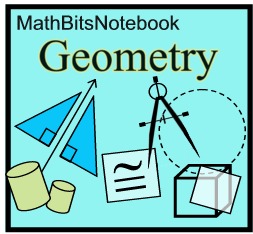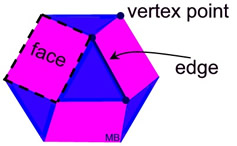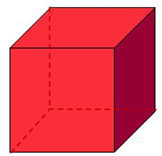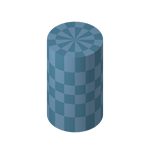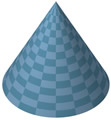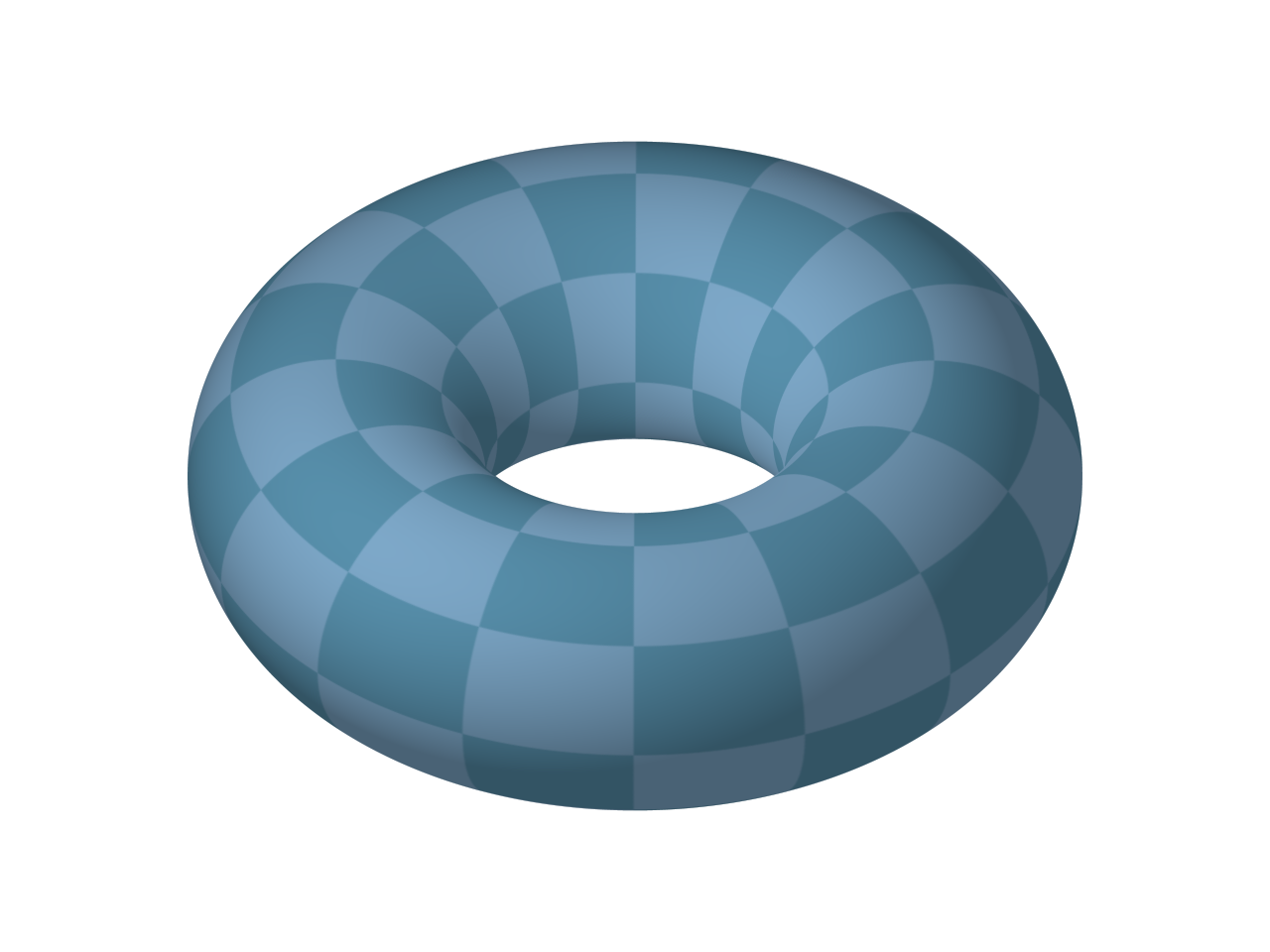A geometric solid is a portion of space which is completely enclosed, or separated from the rest of space, by some type of surface.
|
A polyhedron (plural polyhedra) is a three-dimensional solid with flat polygon faces joined at their edges. |
The word polyhedron is derived from the Greek poly meaning "many",
and the Indo-European hedron meaning "seat or face".
A polyhedron's faces are bounding surfaces consisting of portions of intersecting planes. |
|
|
A polyhedron has no curved surfaces.
The "faces" are the flat, plane surfaces.
The "edges" are the segments of intersection of the faces.
The "vertices" are the intersections of the edges (corner points).
|
Not ALL Faces are Congruent:
Polyhedra are not necessarily constructed using the same shaped polygons for faces. The skeletal polyhedron at the right, and the one shown above, are examples where the faces have varying numbers of sides. The example at the right is called a rhombicuboctahedron, and was drawn by Leonardo da Vinci as an illustration in a book. |
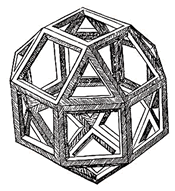 |

Leonhard Euler (1701-1783) discovered that the number of vertices, V, (corner points)
of a polyhedron
minus the number of edges, E,
plus the number of faces, F, (flat surfaces) equals 2.
Euler's Polyhedral Formula: V - E + F = 2 |
Let's test Euler's Formula on a CUBE:
• V = 8 vertices (corner points)
• E = 12 edges
• F = 6 faces
V - E + F = 8 - 12 + 6 = 2 |
|

A polyhedron is "regular" if its faces are congruent, regular polygons and the same number of faces meet at each vertex. There are a total of five such convex regular polyhedra called the Platonic Solids, after the ancient Greek philosopher Plato, in whose writings they first appeared.
The Platonic Solids
Tetrahedron |
Octahedron |
Icosahedron |
Cube |
Dodecahedron |
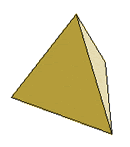
|
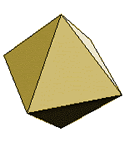 |
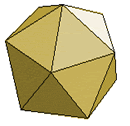 |
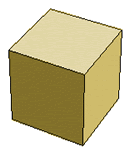 |
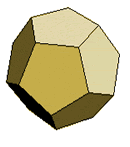 |
The cube is also called a hexahedron.
With the use of Euler's formula, it was discovered that there are ONLY five different regular convex polyhedra. While there is no limit to the number of regular polygons, there is a limit to the number of regular polyhedra! There are only five!
Read more about Platonic Solids.

Non-Polyhedra
The following solids are NOT polyhedra since a part, or all, of the figure is curved.
Cylinder |
Cone |
Sphere |
Torus |
|
|
|
|
A "torus" is a "tube shape". It is the result of revolving a circle in three-dimensional space about an axis coplanar with the circle. If the axis of revolution does not touch the circle, the surface is a ring shape (with a hole in the middle). Examples include an inner tube, a dough-nut, a tire and a bagel. |
|
In the diagram at the left, small r is the radius of the tube and capital R is the distance from the center of revolution of the torus to the center of the tube.
If the torus has a hole in the center:
the Surface Area: SA = 4π2
Rr
the Volume: V = 2π2 Rr2
|
